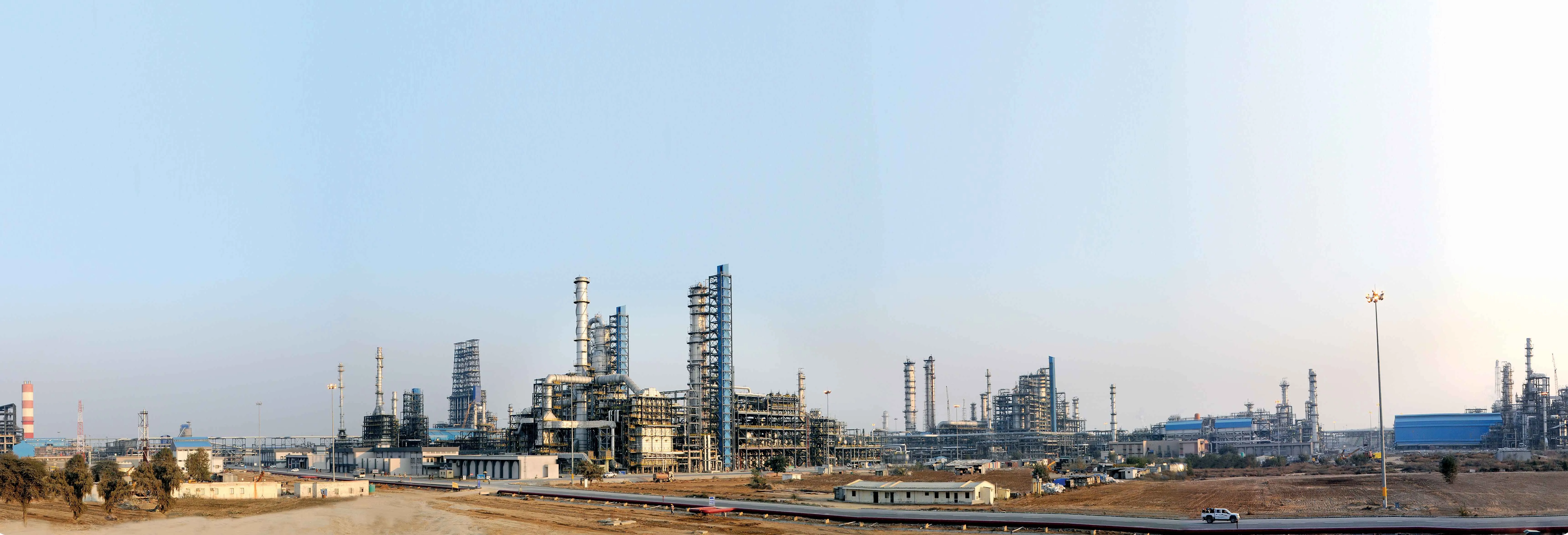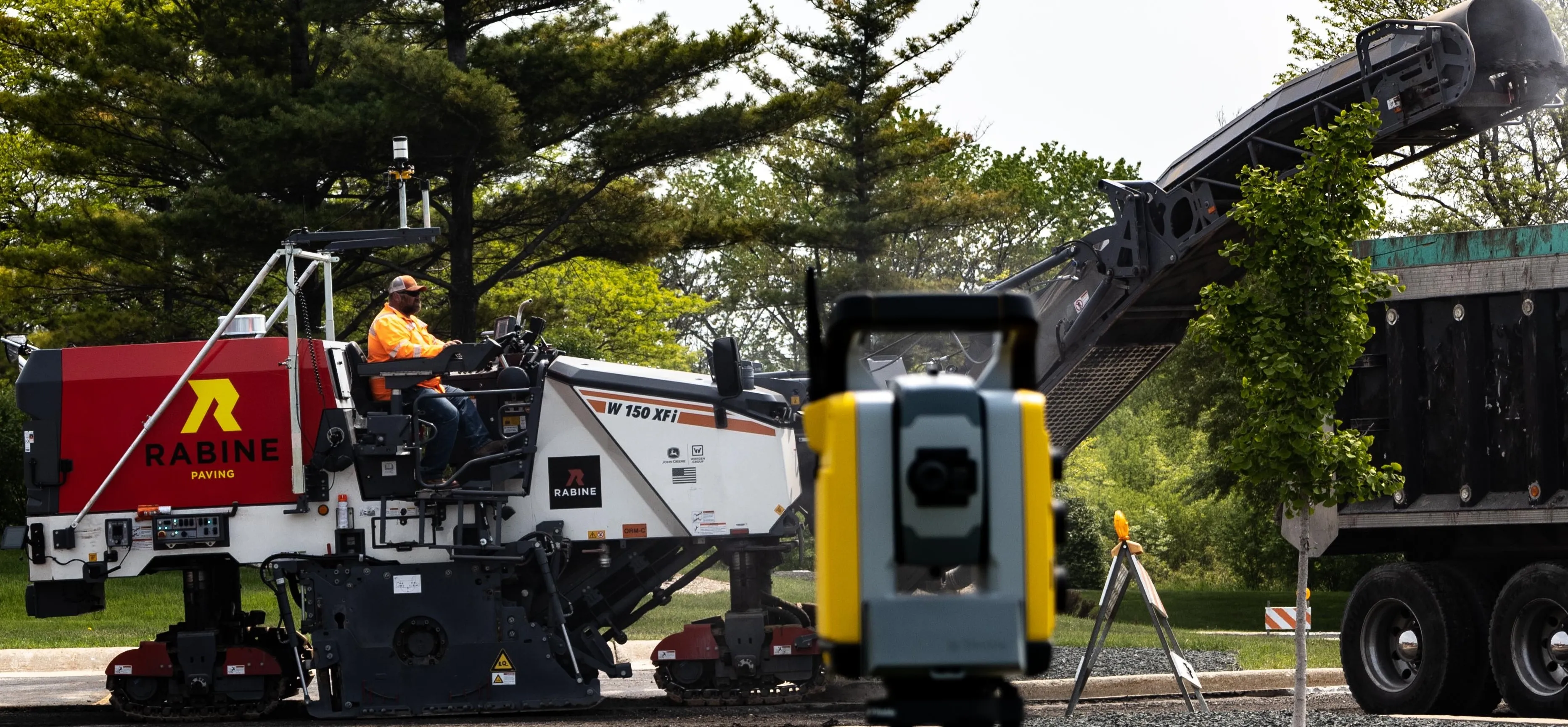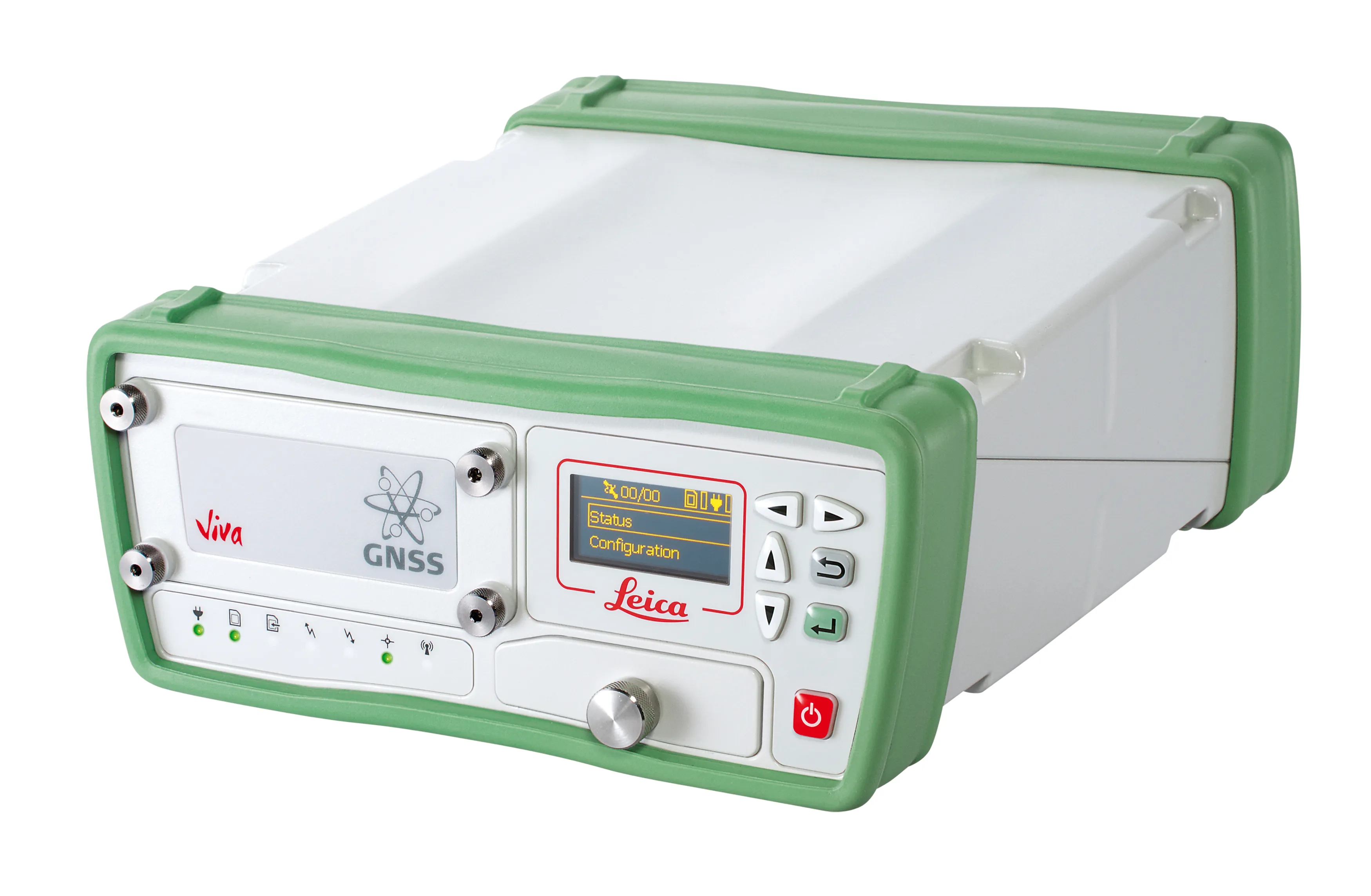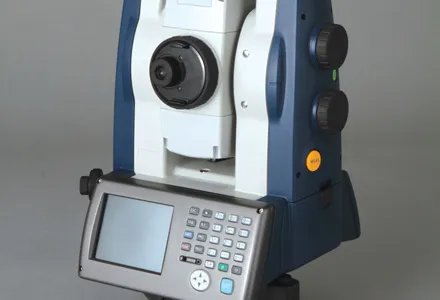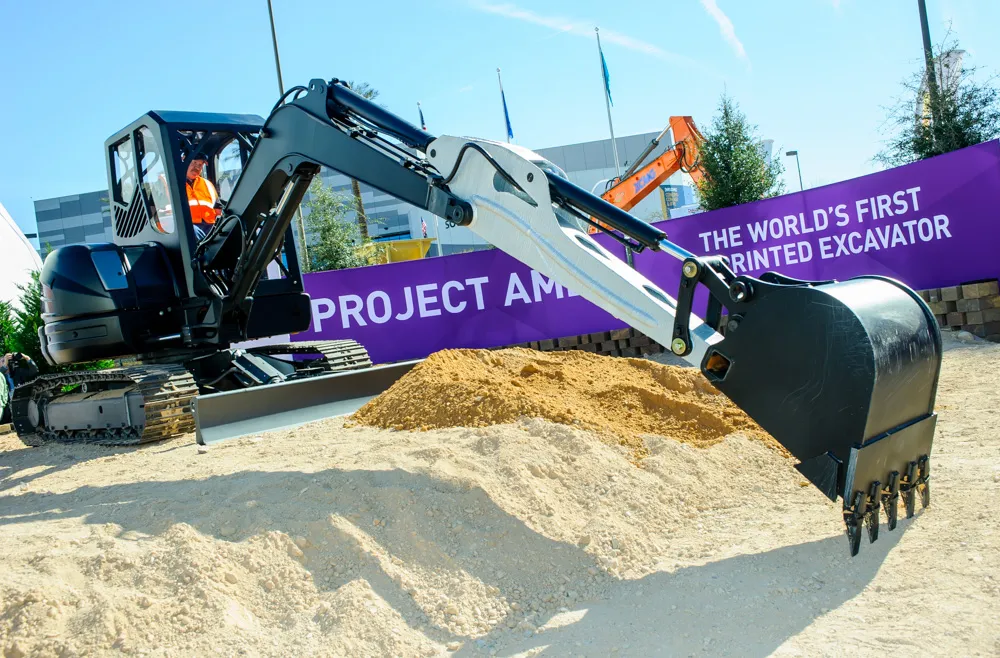
The world’s first 3D-printed excavator was unveiled in the new Tech Experience zone of CONEXPO-CON/AGG.
Project AME (Additive Manufactured Excavator), led by
Project AME (pronounced ‘Amy’) has led to advances in 3D manufacturing processes: “What’s really revolutionary about this project is not the 3D printing of the excavator itself, it’s the development of the technology that allows us to grow big steel parts quickly,” explained Lonnie Love, project lead, and group leader for ORNL’s manufacturing systems research group.
Only certain parts of the mini excavator, which weighs around 6 tonnes (13,000 lb), were 3D printed: the boom, the cab and the heat exchanger.
Wolf Robotics developed the new process for printing the metal boom, achieving a higher accuracy than the team had anticipated: “You are melting metal and growing a big part, seven feet tall. We expected it would shrink,” said Love. “But the accuracy was to within one fifty-thousandth of an inch, an order of magnitude better than we expected.”
The cab was printed using carbon fibre-reinforced acrylonitrile butadiene styrene composites technology by Cincinnati Incorporated. Its organic structure came from students at University of Illinois at Urbana-Champaign who won a competition to design the cab. Concept Laser created the heat exchanger.
The difference between the printed parts and conventionally-manufactured parts is that there are fewer pieces. So the boom has hydraulic channels cast into it and the cab is all one piece, including the chair.
The next steps for 3D printing are to speed up the process. “We want to go bigger, faster and cheaper. It’s a scalable technology,” said Love. “At the moment we are printing at a speed of around 5 lb (3kg) per hour - the goal is to print at 100 lb (45kg) per hour.”
Though Love does see a future where machines will be created by 3D printing, a more immediate application is for the creation of moulds, vastly reducing the cost and time to produce. ORNL is already working with car manufacturers to make this a reality this year. In the longer term, once speed of production has increased, this technology could allow machines to be made quickly to order, with the cost of bespoke features vastly reduced.
The excavator is a collaboration between the


